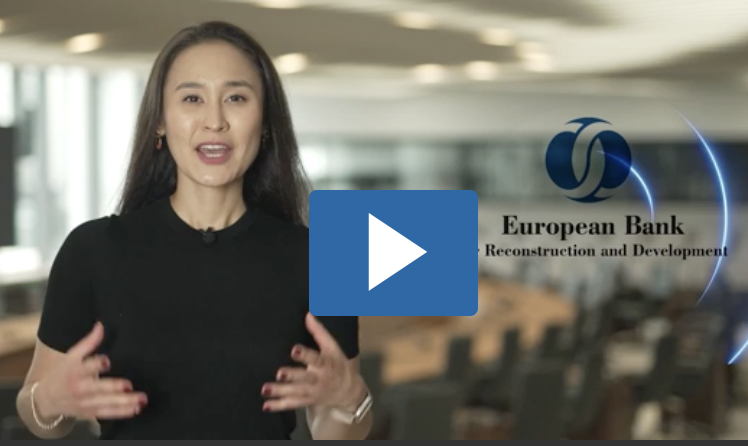Domestic Market Growth Potential is the single biggest incentive for Foreign Direct Investment into Emerging Europe, according to a presentation at the European Bank for Reconstruction and Development (EBRD) by fDi Intelligence, a publication specialising in global investment trends.
Companies surveyed by fDi also cited proximity to markets and customers, skilled work force availability, regulations or the business climate and infrastructure and logistics– in that order– as the next four reasons for investment.
The findings were presented by fDi’s Global Commercial Director Chris Knight at a briefing breakfast - FDI in a Turbulent World - hosted by the EBRD. Knight noted specifically that these factors outranked lower costs as investment motives.
The presentation showed that inward invesment into Emerging Europe had risen slightly in 2015 after an almost continuous decline since a peak year in 2008. Top destinations in terms of projects were Poland, Ruissia and Turkey, with Russia receiving the most capital and seeing the highest number of investments as measured by job creation.
The top source for FDI projects in the region was the United States, with a particular focus on Software and Information technology services. Germany ranked next, with an emphasis on auto components while the United Kingdom specialised in business services. Knight pointed to a growing trend for real estate investment from the Netherlands.
During the the presentation Knight said trends so far this year pointed to a five per cent decline in global FDI for the whole of this year, but a three-to-five per cent recovery over the three years until 2020.
Speaking on behalf of the EBRD, Alexander Plekhanov, Deputy Director of Research, noted that the EBRD region’s share of FDI was in line with its share of global Gross Domestic Product.
However, he added that fundamentals indicated that FDI could in fact be significantly higher and that there was room for a diversification of the geographic sources of investment.



